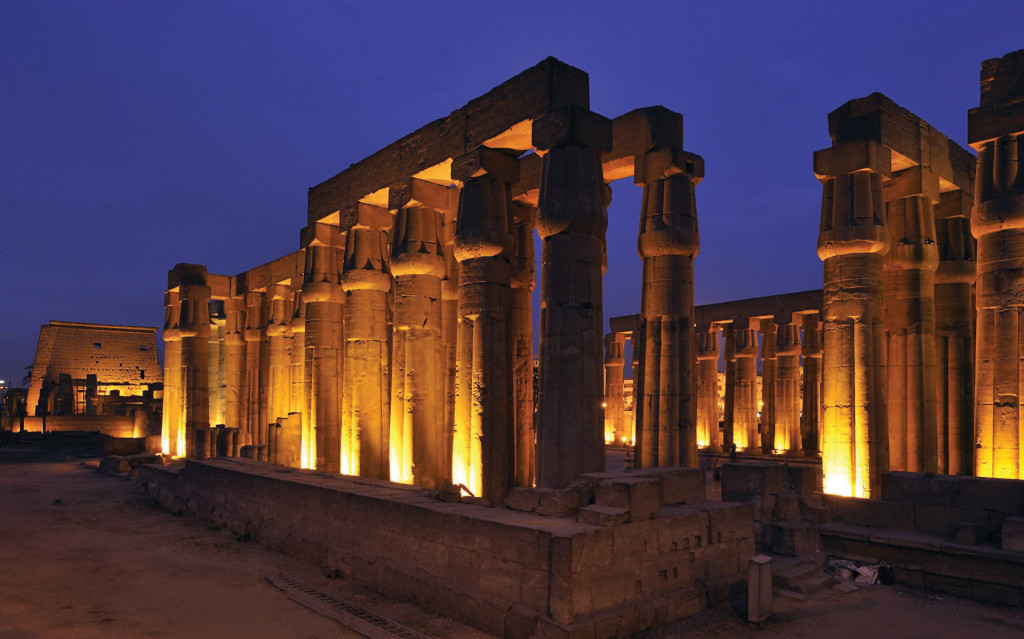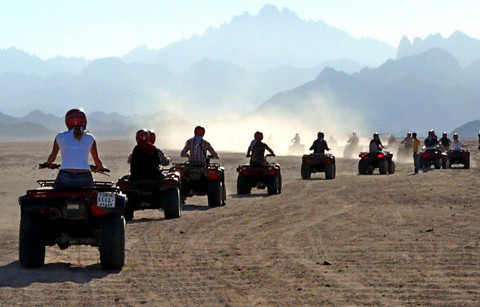|
El Waha el Bahariya |
| Bahariya Oasis (meaning the sea-oasis) is an Oasis in Egypt. It is the closest oasis to Cairo and the least technologically advanced. Located in Giza Province, it has an art museum and the main agricultural products are guavas, mangos, dates, and olives. Bahariya consists of many villages of which Bawiti is the largest and the administrative center. Al-Qasr is Bawiti’s neighboring/twin village. To the east, about 10 kilometers away are the villages of Mandishah and Al Zabu. A smaller village called Al-Aguz lies between Bawiti and Mandishah. Al-Harrah, the eastern most village, is a few kilometers east of Mandishah and Al Zabu. Al Hiez is the last village, but it may not always be considered as part of Bahariya because it is so far from the rest of the villages, about 50 kilometers south of Bawiti. There is also the ruin of a temple to Alexander the Great located within the Bahariya Oasis. It is believed by some Egyptologists that the Greek conqueror passed through Bahariya while returning from the Oracle at Siwa Oasis. The quiet life in Bahariya Oasis |
| People and cultureThe people of the oasis,or the Wahati people ( meaning “of the oasis” in Arabic), are the descendants of the ancient people who inhabited the oasis, Arab Bedouin tribes from Libya and the north coast, and other people from the Nile Valley who came to settle in the oasis. The majority of Wahati people in Bahariya are of the Islamic faith. There are many mosques in Bahariya. The nature of social settings in the oasis is highly influenced by Islam. Also, traditional music is very important to the Wahati people. Flutes, drums, and the simsimeyya (a harp-like instrument) are played at social gatherings, particularly at weddings. Traditional songs sung in the Bedouin style are passed down from generation to generation, and new songs are invented as well. Music from Cairo, the greater Middle East, and other parts of the world are now easily accessible to the people of the oasis. There is also the ruin of a temple to Alexander the Great located within the Bahariya Oasis. It is believed by some Egyptologists that the Greek conqueror passed through Bahariya while returning from the oracle of Ammon at Siwa Oasis. Excavations of the Greco-Roman necropolis began in 1996. Approximately thirty-four tombs have been excavated from this area. |
Agriculture |
Agriculture
Agriculture is still an important source of income, though now the iron or industry close to Bahariya provides jobs for many Wahati people. Recently there has also been an increase in tourism to the oasis because of antiquities (tombs, mummies and other artifacts have been discovered there), and because of the beautiful surrounding deserts. Wahati and foreign guides lead adventure desert tours based out of Bahariya to the surrounding white and black deserts, and sometimes to Siwa or the southern oases. Tourism is a new and important source of income for locals, and it has brought an international presence to the oasis.
The Oasis has changed drastically in the past 30 years after an asphalt road connecting Bahariya to Cairo was finished in the early 70s. With the new road came electricity, cars, television, phone lines, and a more accessible route to Cairo. The spread of people and ideas between Bahariya and Cairo has increased dramatically since the road was constructed. Also, the language of the Wahati people has been changed and influenced in new ways as the Cairene dialect is heard on television and in music.


